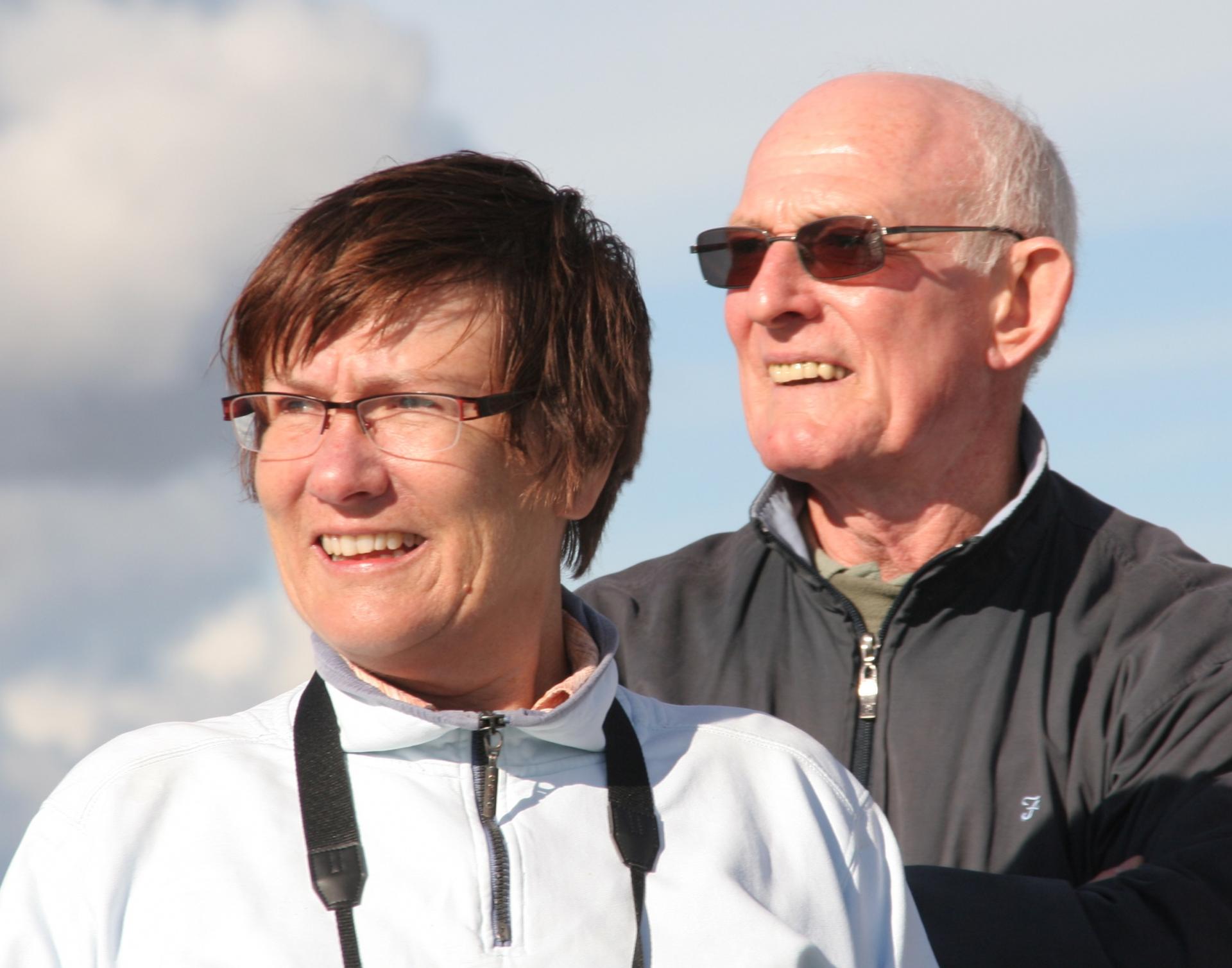Alan
Diagnosed with indolent B-cell non-Hodgkin lymphoma, Alan talks about treatment and periods of active monitoring (watch and wait).

In 2009, at the age of 67, I had just come back from holiday. Despite being tanned, which makes people look well, I was struggling with pain in my stomach and had a rash around that area. I had also lost a noticeable amount of weight during my trip. I went to see my GP who thought I had shingles and gave me antivirals. Unfortunately the pain didn’t go away.
I went back to my doctor who had a young locum training with him, so he asked her to examine me. She thought I had an enlarged spleen, so it was suggested I have blood tests carried out straightaway. Within a day I received a phone call from a consultant haematologist asking me to go and see him. My spleen, instead of being tucked safely under my ribs on the left side, stretched right across my abdomen. This, along with the night sweats I was now experiencing and loss of weight was flagging a serious problem to the haematologist. I have to admit, I wasn’t feeling my best by now.
At first leukaemia was suggested, but after bone marrow samples were taken and further tests were done, I was diagnosed with indolent B-NHL non-Hodgkin lymphoma, stage IVB.
It's easy to put symptoms down to just getting older.
I was examined by a leading splenectomy specialist, and there was talk about having my spleen removed. After researching into the spleen, I realised if it is working properly, it provides about 30-40% of the immune system, so I was keen to hold on to it. Fortunately a splenectomy was avoided and, although compromised, my immune system still includes my spleen.
Chemotherapy started in February 2010 with R-CVP (rituximab, cyclophosphamide, vincristine and prednisolone), which was successful without too many nasty side effects. I started off partially bald anyway, so losing some of my hair didn’t worry me. On a positive note, my spleen reduced to near normal size. What troubled me most at that time was feeling so sick. I felt really rough for quite a bit of the time, but felt fortunate not to have the terrible ulcers that other people struggle with.
I was placed on active monitoring (watch and wait) without any further medication until 2016 when my spleen started to enlarge again and my red blood cell count reduced.
For my second batch of chemotherapy I was given rituximab and bendamustine which thankfully was again successful, with fewer side effects. The experience did not seem as harsh as the previous chemotherapy and I was particularly relieved that the anti-sickness drugs given to me seem to have improved enormously. I am now back on active monitoring (watch and wait).
I realise, in retrospect, the lymphoma was probably present in my body some years before I retired.
I realise, in retrospect, the lymphoma was probably present in my body some years before I retired; but I had thought that the reduced energy and drive was just because I was getting old.
Since retirement and whilst self isolating during chemotherapy treatment I started writing a book. It was published in 2019 and is entitled A Working Life by A.F. Lodge, which looks back on some of the fascinating places I have worked during a career in the chemical engineering sector. It is part travel blog and includes countries like Russia, Bulgaria, Iran and India, experienced in very different times over the past sixty years. Ironically, the penultimate job I worked on was validating a plant in Spain built to produce rituximab, the monoclonal antibody included in my treatment. This, along with my wife and the wonderful staff who have treated me and helped to keep me alive, I owe a big 'thank you.’
